Homestead Tackles Labor Shortage
“Panel building offers developers a way around labor issues”
By Rich Griset from Chesterfield Observer
To Baird, it’s the future of construction.
“It’s a very high-tech manufacturing process that’s being introduced to a low-tech industry,” Baird said. “Last time I checked, your car was made in a manufacturing line, not in the mud.”
Panel building is helping Homestead overcome one of the biggest challenges to the housing construction market: a severe lack of labor. In the example of the townhouse that took eight weeks to build the frame for, Baird said much of that delay was caused by labor issues.
A number of real estate experts have said that lack of labor and other supply-side issues have been negatively affecting the housing market and inflating prices.
“It’s slowing down projects, it’s increasing delays – those costs are imbedded in the price of construction,” said Rob Dietz, chief economist for the National Association of Home Builders, in a July interview with the Observer.
“You have a large number of people who were in the industry and have left because of the recession; they’ve moved on to other sectors, and they haven’t come back,” Dietz continued. “In states where you have a lot of non-native born/ immigrant populations working construction, the rates of immigration to the United States have slowed down, so that’s having an effect.”
Brian Johnson, a technical sales representative with Homestead, says the labor force in Richmond has been hit especially hard since the housing recession.
“Your Hispanic labor forces that were historically here, they’re going south for less costly living,” said Johnson, mentioning that many Richmond workers have since headed to Texas, Nashville and the Carolinas. “That labor didn’t come back to the marketplace.”
Baird estimated that panel-built projects need 30 to 50 percent fewer workers and allow his company to hire less-skilled workers. Instead of having a half-dozen skilled framing carpenters per project, they only need one or two. Baird explains their method also makes the workers more money, as they’re able to work on more projects per year.
The process reduces time on-site by 20 to 50 percent per project, Baird said, and the finished result is of higher quality than stick-built structures.
Stephen Shibley, job site supervisor for Gumenick Properties at Libbie Mill, can attest to the method’s speed.
“It’s a lot quicker,” Shibley said. “These guys show up and put the puzzle together.” As the structures aren’t as exposed to the elements while being built as stick-built ones are, Baird said there’s less chance for wood molding or other problems.
For “the average consumer, it gets them into their home sooner; the quality of their home is better,” he said.
Baird also stressed the method’s lessened impact on the environment. Because it uses fewer workers and takes less time, he said there are not as many car trips to and from the site. And because everything is precision-cut at the company’s factory in Orange, Virginia – and Baird tries to reuse all leftovers – it means that less wood ends up in the dumpster at the end.
The bulk of Homestead’s projects are in the D.C. metropolitan area – where they built 1,100 frames last year – but they also have an upcoming project in Chesterfield. Homestead is the framing subcontractor for phase two of the Villas at Dogwood. This will be Homestead’s first major subdivision in the county. Work should start in mid-September, Johnson said.
While Baird conceded that panel building is more expensive than stick building – mainly because the panels have to be shipped in 12-foot bundles stacked into cubes, instead of as raw timber – he said that the benefits in time and quality outweigh the drawback. With five guys working in 90-degree heat cutting and measuring, he said it’s harder to estimate how long stick building can take, and that can hurt a business’ credibility. He seems to prefer precision and speed.
“Just try to do it once, right, is the ultimate goal,” he said.






